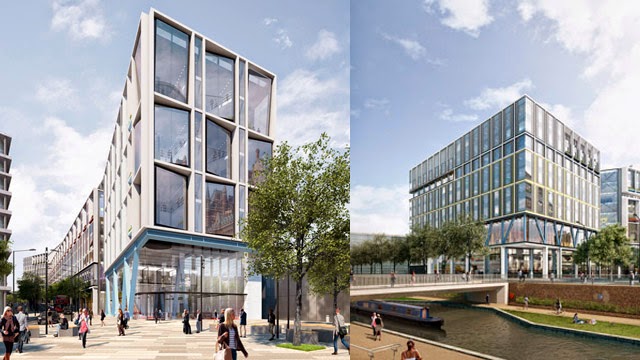Subtle and unobtrusive lighting
produce the best results. Whether it is
the home or office or the business spot the lighting should neither be too
bright nor too dim. It should be invisible.
Residential illumination is a special
kind of its own. It demands personalization in social spaces like the living room as well as in private spaces like the bed room. A flick of a switch which
turns darkness into light, can change a room from romantic to dramatic, to
relaxing and even more energizing.
If the lighting plan is effective, it
helps integrate the entire visual environment by creating an appealing ambience
for the persons residing, there and establishes guidelines to avoid visual
chaos and fragmentation.
Illumination that is concealed and
placed carefully can make quality lighting an integral part of aesthetics and
an essential function of architecture.
The home lighting is not just the
conventional placement of wall lights, pendant lights or chandeliers. The following points had to be borne in mind
and be followed for an effective lighting plan.
The lighting illumination for the living room has to be in such a way that, it should provide a relaxing and
inviting space, by blending general and accent lights, punctuated with task
lights.
- An adequate general illumination
level should be established
- Individual lighting arrangements
should be made for highlighting art work, plants and bar counter.
- If an entire wall is illuminated
with overhead fixtures, it will provide background for room furnishings.
- The decor can be enhanced and
doubled up as accent lighting by using decorative fixtures.
- Architectural features like niches
and mantels could be played up.
The lighting in the dining room should
be such that it should create an atmosphere that elevates the mood of the
diners and also flatters the food before them, simultaneously it should be
conducive to pleasure and conversation.
- The visual emphasis has to be kept off the ceilings and the wall. And it should be focused on the décor of food
and guests, with the help of ceiling downlights.
- Any meal can be given a special
touch by placing candles and a few lamps in decorative holders.
- Special lighting emphasis should be
offered to the service areas and chinaware / silverware.
The kitchen illumination should be in
such a way that it provides the right combination of beauty, safety and comfort
for the user.
- The general lighting should be well
distributed, uniform and as shadowless as possible.
- If fluorescent fixtures are used
they reduce the energy consumption without sacrificing illumination.
- For counter tops, under cabinet task
lighting is ideal.
- Over the sink and cooking range,
recess luminaries could be placed over.
- If low voltage, mini lights are
placed over under and inside cabinets, the kitchen cabinets and be well
accentuated.
Bed room being an area of gentle and
tender emotions, it should have a subtle aura, helped by combination of general
and task lighting with the overlay of accent sources.
- Downlights should be avoided over
the bed for they are a direct source of glare.
- For reading at bedside, a table lamp
or wall light may be placed on a swivel adjustable arm.
- The closet, the room within a room
should be lighted up.
- The uplighters always cut glare and
wash the ceiling, providing soothing ambient lighting.
- Dimmers can be useful to play with
the intensity of light as per the mood required to be created.
The best arrangement of lighting for
the bath room will be a combination of general and task illuminance.
- If light sources are provided on
either side of the mirror the shadow on the face will be minimized.
- Lighting in the bathing area can
have a soft glow.
- The light fittings should be vapour
proof and water tight.
- The light fitting in these areas
should neither impede circulation nor cause a glare.
- As these are transition spaces,intermediate illuminance levels could be created.
- For these areas, a two-way switch on
either ends should be installed.







